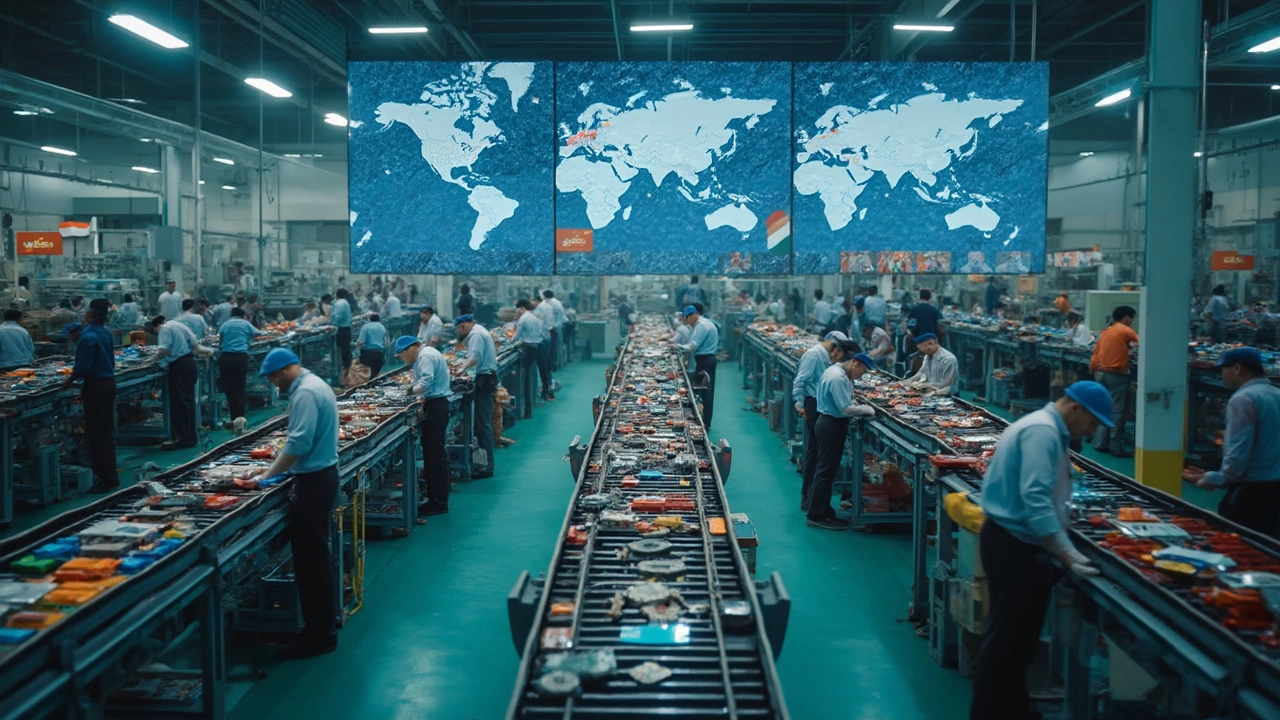Manufacturing Capital: Why India Leads the Industrial Game
Ever wondered why the word "capital" keeps popping up with India’s factories? It’s not just a buzzword – it’s a real shift. India’s mix of cheap labor, big markets, and new tech is turning the country into a true manufacturing capital. In this guide we’ll break down the main reasons, the sectors that matter most, and what you can do if you want to tap into this growth.
What Makes a Country a Manufacturing Capital?
First, a manufacturing capital needs three things: enough workers, affordable production costs, and solid infrastructure. India ticks all three boxes. The labor force is young and eager, wages are lower than China’s, and the government is pouring money into roads, ports, and power plants. Add a push for Make in India policies, and you have a recipe that attracts both global giants and local startups.
Top Sectors Driving India’s Industrial Rise
Not all factories are the same. Here are the three biggest contributors:
- Pharma and biotech: India supplies a huge share of the world’s generic medicines. Low production costs and a strong skill base keep the sector booming.
- Automobiles and components: Cities like Pune and Gurgaon host major car makers. New electric‑vehicle plants are popping up fast.
- Textiles and furniture: From cotton mills in Gujarat to furniture workshops in West Bengal, these industries feed both domestic demand and export orders.
Each sector benefits from the same core advantages: cheap labor, government incentives, and easy access to raw materials.
If you’re a business looking to set up shop, start by picking a state that aligns with your product. Maharashtra offers great ports for export, while Tamil Nadu gives you a steady supply of skilled engineers.
Another practical tip: partner with local suppliers early. They know the rules, can navigate paperwork faster, and often have the same quality standards you need.
Infrastructure is still catching up in some regions, so factor in transport times when planning your supply chain. Many companies now use multimodal logistics—combining rail, road, and waterways—to keep costs low.
Finally, watch the policy updates. The government regularly announces new tax breaks for green manufacturing and digital upgrades. Getting on the right list can shave a big chunk off your operating costs.
Bottom line: India’s status as a manufacturing capital isn’t a fad. It’s backed by real numbers, supportive policies, and a workforce eager to grow. Whether you’re a startup or an established global brand, the country offers a platform to scale fast and stay competitive.

Manufacturing Capital of the World: Who Holds the Crown in 2025?
Ever wondered which country actually leads the world in manufacturing? This article unpacks where the world's goods come from, why certain countries dominate, and what government schemes drive the industry. You'll see how policies shape manufacturing powerhouses and what other contenders are doing to catch up. With practical insights and real-world examples, it gives a fresh look at the global manufacturing race.
